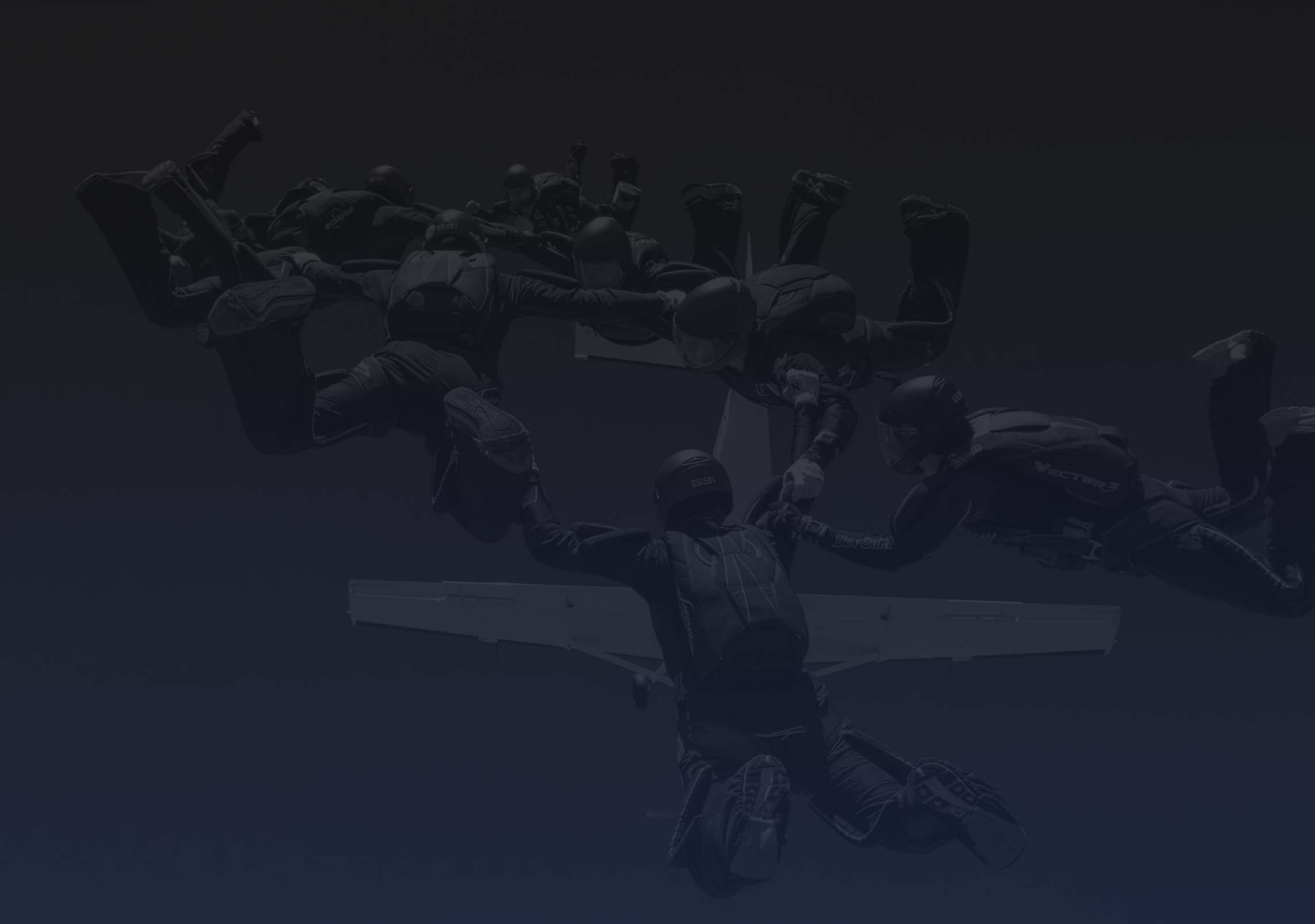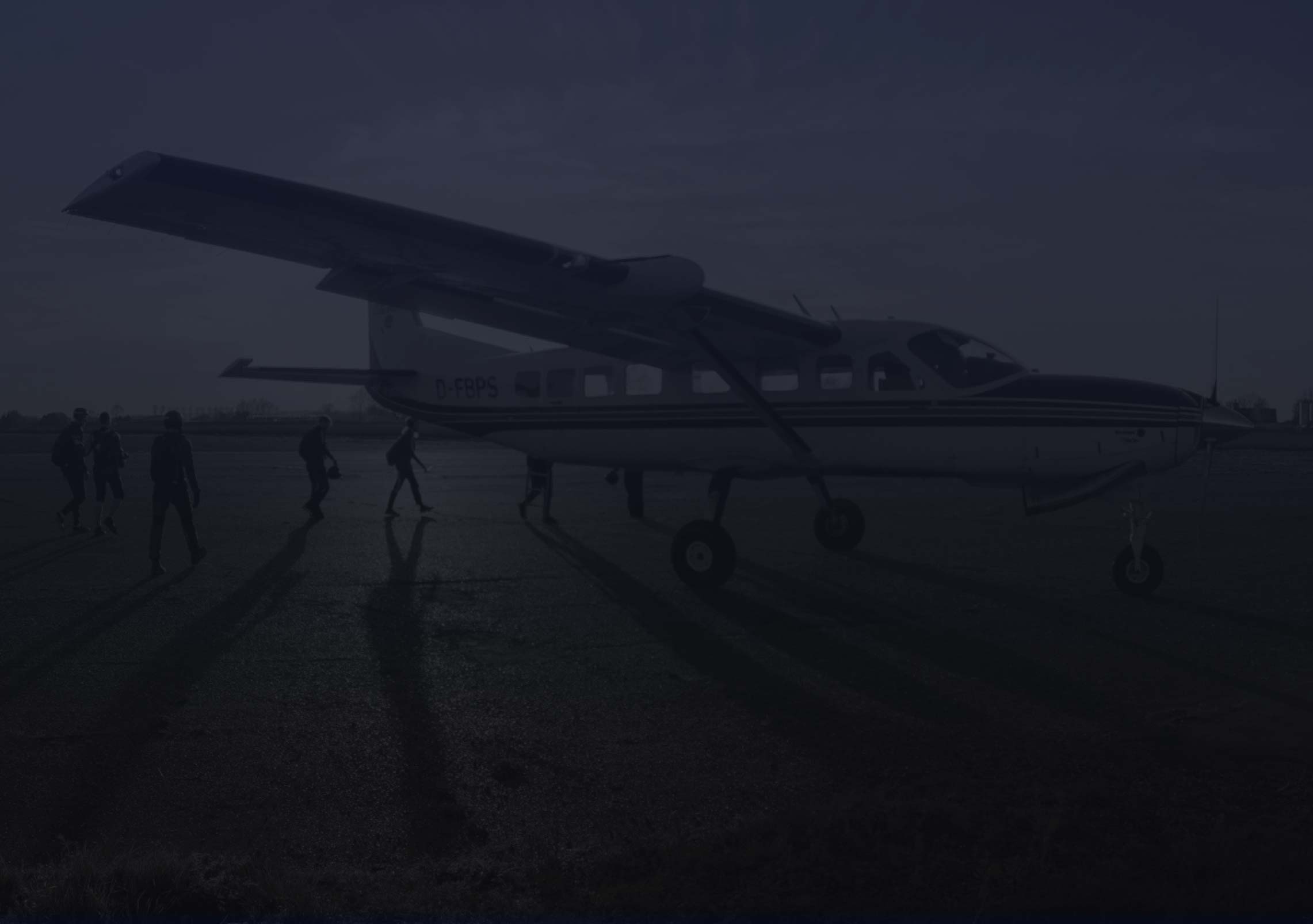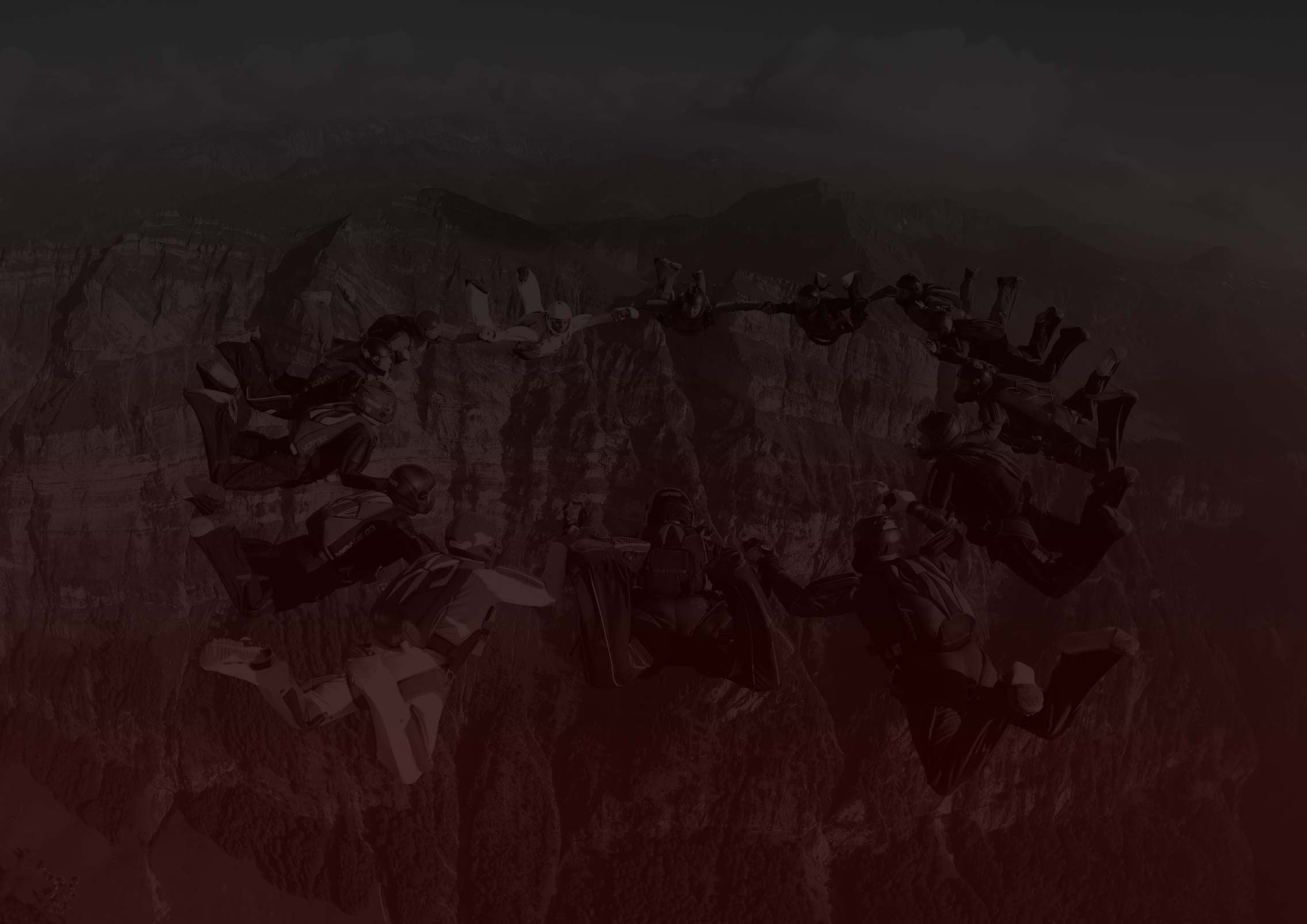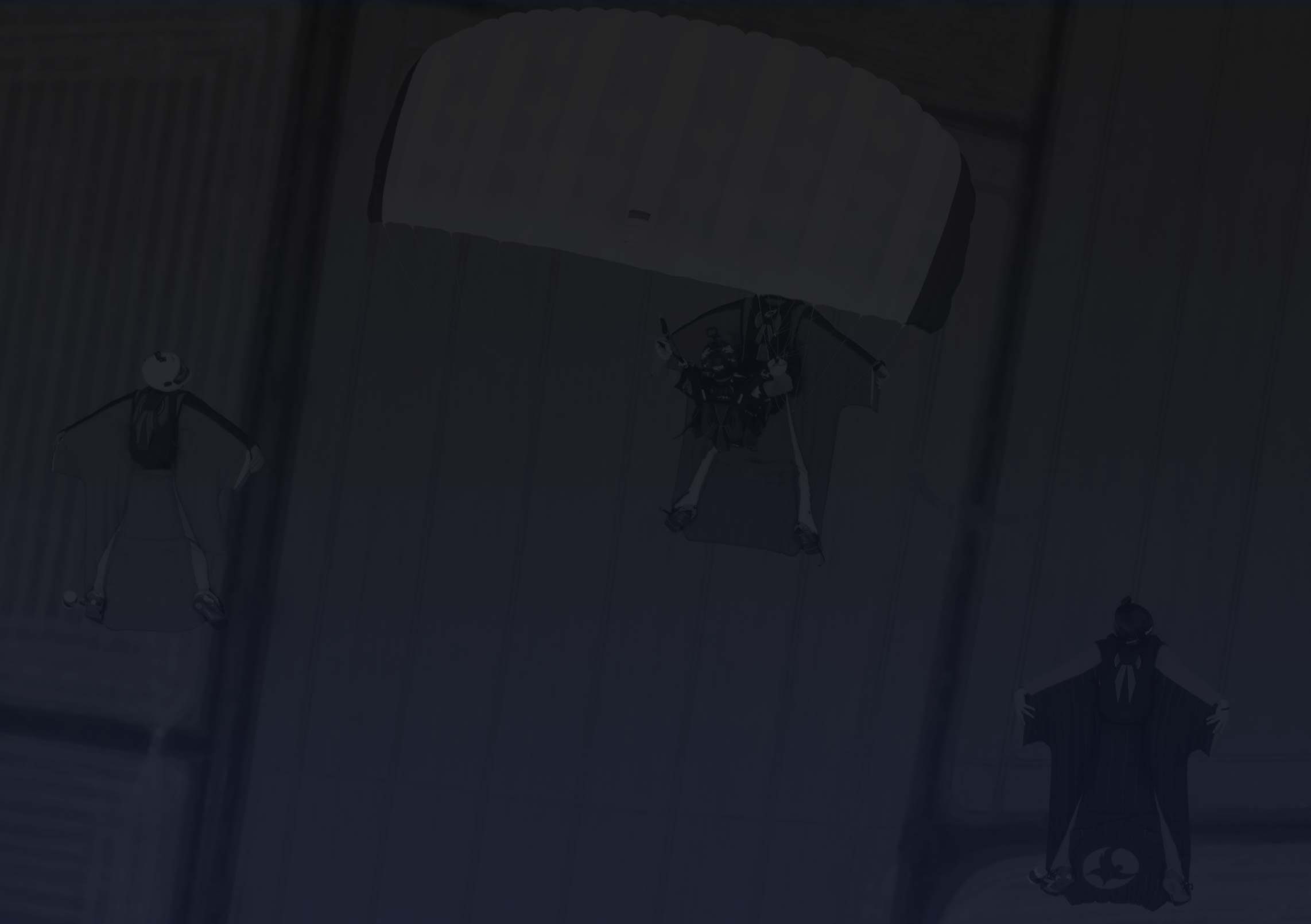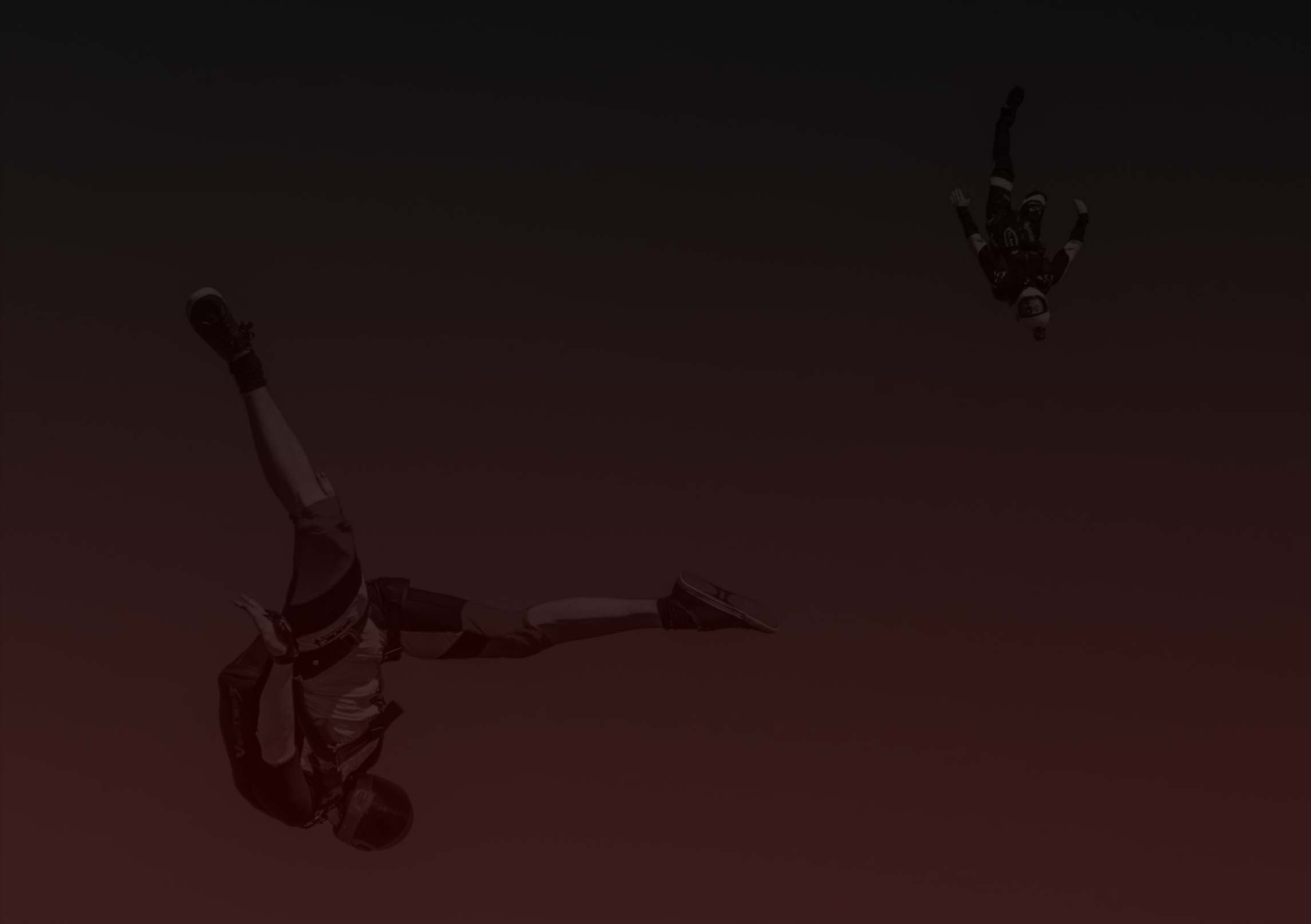British Skydiving has been at the heart of UK skydiving since 1961. Incorporated in 1966 as British Parachute Association (BPA) Limited, we’re a democratic, not-for-profit organisation dedicated to supporting, governing, and advancing the sport of skydiving across the UK.
We’re proudly owned and run by our Members – not shareholders – making us a true community-led organisation. Our structure, defined by our Articles of Association, ensures that every decision we make serves the best interests of our Members and the sport we love.
In 2016, our Articles were updated through a special resolution at our AGM to align with the highest standards of governance for National Governing Bodies of Sport. This was a key step in our ongoing commitment to transparency, accountability, and best practice – values that underpin everything we do.
To learn more about our governance journey and the principles that guide us, visit our Governance page
British Skydiving is governed by an elected Council. Elected Council Members are drawn from, and nominated and elected by, the voting (full) Members. Council Members are the Directors of BPA Ltd. British Skydiving represents most UK skydivers and the majority of skydivers within the UK are members. British Skydiving has signed up to the Principles of Good Governance for Sport and Recreation.
Our elected directors can be found here Council & Committees – British Skydiving
In 2017 we transitioned to a new composition of Council, for the first time including two independent directors from outside our sport. This is in line with the principles of good governance – see our Governance page for more.
British Skydiving controls all aspects of skydiving on behalf of the Civil Aviation Authority (CAA). Prior to 1984, skydiving from an aircraft in flight was prohibited in the United Kingdom (other than in an emergency) and could be conducted only under the terms of exemptions from the Air Navigation Order. With the Air Navigation (Second Amendment) Order 1983, effective from 31 January 1984, parachuting became a permitted activity, subject to the grant by the CAA of a written permission, and in accordance with appropriate conditions specified in such CAA permission documents.
A comprehensive skydiving manual was required, incorporating various provisions relating to aircraft and operational safety procedures. In 1996, British Skydiving first produced, and has since updated, its Exposition and Schedule of CAA Approval and its appendices to meet this requirement.
The British Skydiving Strategic Plan 2018-22 sets out our aims, vision, values and strategic goals.
British Skydiving maintains and promotes the highest standards of safety and training in the sport. We encourage participation and promote excellence at all levels of skydiving from rookie to world class competitor.
For more see Form 224: About British Skydiving (use the search on the forms page). Also see the Chair’s Review of the previous year, in the AGM section below.
Agendas and minutes of British Skydiving Council and Committee meetings are published regularly, once they have been approved and ratified.
British Skydiving has a membership of around 6,400 full members and around 60,000 students each year. See Form 269 Categories of membership (use the Search Forms box in the header to this page). Only full members are voting members, who elect the elected members of British Skydiving Council and appoint the independent directors on the recommendation of the Nominations Committee of Council, may vote at general meetings such as the AGM. There are around 28 British Skydiving Affiliated Parachute Training Organisations (PTOs). PTOs are also referred to as Drop Zones.
We are funded principally by membership subscriptions.
The British Skydiving Annual General Meeting (AGM) is an important event in our calendar — a chance for members to come together, have their say, and help shape the future of our sport.
Held each year alongside Skydive the Expo, the AGM brings together skydivers, instructors, drop zone operators, and volunteers from across the UK to review the organisation’s progress, elect Board Directors, and discuss key issues affecting our community.
The agendas and minutes are published on the agendas & minutes page.
